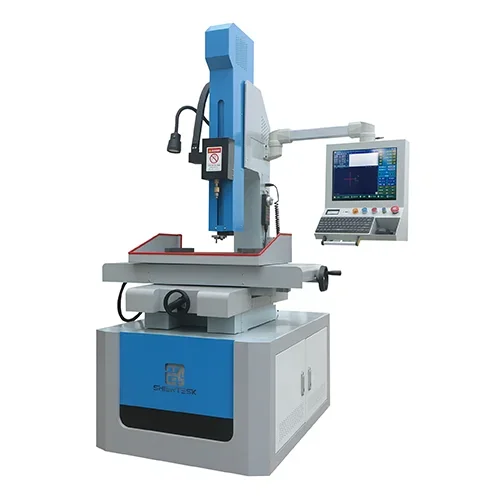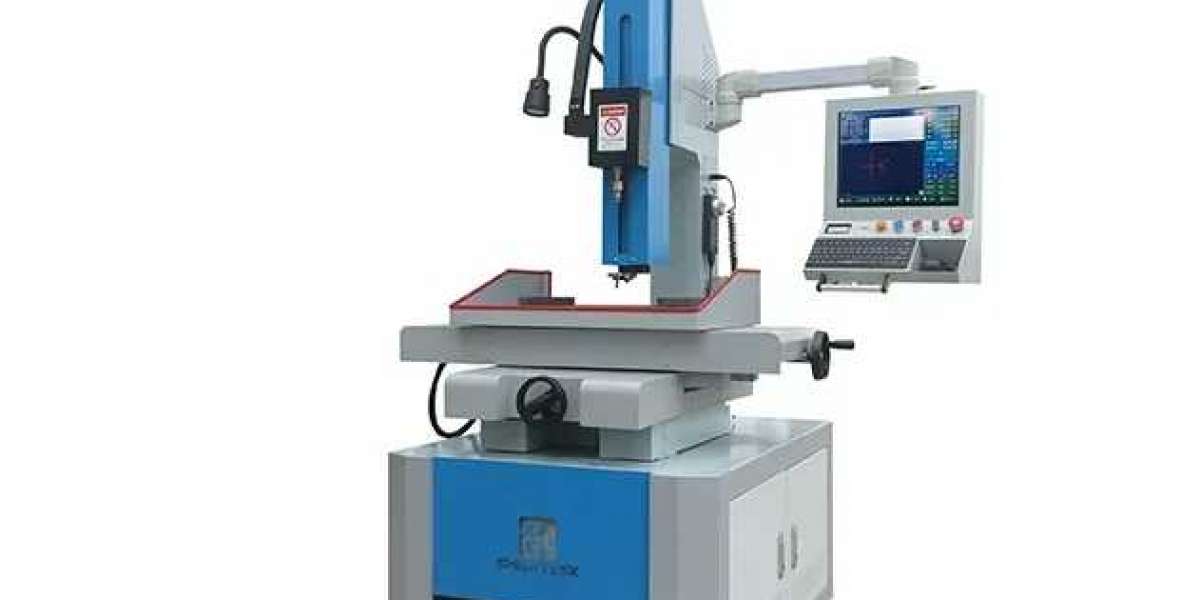The industrial applications of CNC punching machines are vast and critical, particularly in the realm of metal fabrication. These machines have revolutionized the way manufacturers produce components by offering precision, efficiency, and versatility. This comprehensive guide explores the various applications of CNC punching machines, their mechanisms, advantages, and the of this technology in industrial settings.
What is a CNC Punching Machine?
A CNC (Computer Numerical Control) punching machine is a highly advanced piece of equipment used to create holes or shapes in sheet metal and other materials through a punching process. Unlike traditional manual punching methods, CNC machines are operated by computer programs that dictate the precise movements and operations of the machine. This automation allows for increased accuracy and efficiency in production.
Key Features
Automation: CNC punching machines operate with minimal human intervention, allowing for continuous production.
Precision: These machines can create intricate designs with tight tolerances, ensuring that parts fit together seamlessly.
Versatility: CNC punching can handle various materials and thicknesses, making it suitable for diverse applications.

Mechanisms of CNC Punching Machines
Understanding how CNC punching machines operate involves examining their key components and processes:
1. Computer Control System
The heart of a CNC punching machine is its computer control system. This system interprets design files (often created using CAD software) and translates them into commands that guide the machine's movements.
Programming: Operators can input specific designs into the machine's software, allowing for customized production runs.
Real-Time Adjustments: The system can make real-time adjustments based on feedback from sensors, ensuring optimal performance.
2. Punching Mechanism
The actual punching process involves a punch and die set that works together to create holes or shapes in the material.
Punch: The punch applies force to the material to create a hole or shape.
Die: The die supports the material during the punching process, ensuring clean cuts and preventing deformation.
3. Material Handling
CNC punching machines often include automated material handling systems that feed sheets into the machine and remove finished parts.
Feed Systems: Automated feed systems ensure that materials are accurately positioned for each punch.
Sorting Mechanisms: After punching, parts may be sorted or stacked automatically for further processing or packaging.
Industrial Applications of CNC Punching Machines
CNC punching machines find applications across various industries due to their versatility and efficiency:
1. Automotive Industry
In automotive manufacturing, CNC punching machines are used to produce components such as brackets, panels, and chassis parts. The precision offered by these machines is crucial for ensuring that parts fit together correctly and meet safety standards.
Lightweight Components: As the industry moves towards lightweight materials, CNC punching helps create complex shapes that reduce weight without sacrificing strength.
High Volume Production: The ability to produce large quantities quickly makes CNC punching invaluable in automotive assembly lines.
2. Electronics Industry
The electronics sector relies heavily on CNC punching machines for manufacturing housings, brackets, and connectors. These components often require intricate designs and precise tolerances to ensure proper functionality.
Custom Designs: Manufacturers can quickly adapt designs to meet changing consumer demands or technological advancements.
Reduced Waste: The precision of CNC punching minimizes material waste during production.
3. Aerospace Industry
In aerospace manufacturing, where safety and reliability are paramount, CNC punching machines are used to produce lightweight yet strong components for aircraft.
Strict Tolerances: The accuracy of CNC punching ensures that each part meets stringent aerospace standards.
Complex Geometries: The ability to create complex shapes allows engineers to optimize designs for performance and efficiency.
4. Construction Industry
CNC punching machines are utilized in the construction industry to produce various metal components such as beams, columns, and brackets. These components must not only be structurally sound but also aesthetically pleasing.
Customization: Manufacturers can produce custom parts tailored to specific architectural designs.
Rapid Prototyping: The speed of CNC punching allows for quick prototyping of construction components.
5. Medical Device Manufacturing
In the medical field, precision is critical when producing surgical instruments, stents, and other medical devices. CNC punching machines play a vital role in ensuring these products meet strict regulatory standards.
High Precision Manufacturing: The accuracy of CNC punching is essential for creating reliable medical devices.
Material Versatility: These machines can work with various materials used in medical applications, including stainless steel and plastics.

Advantages of Using CNC Punching Machines
The adoption of CNC punching technology offers several significant benefits:
1. Increased Efficiency
CNC punching machines enable rapid production cycles with minimal downtime. Their automated nature allows for continuous operation without the need for constant supervision.
2. Enhanced Precision
The use of computer control ensures that each punch is executed with high accuracy, reducing errors and rework costs associated with manual processes.
3. Cost Savings
By minimizing material waste and reducing labor costs through automation, CNC punching can lead to significant cost savings over time.
4. Flexibility in Production
CNC systems allow manufacturers to easily switch between different designs without extensive reconfiguration of equipment. This adaptability is crucial in industries with rapidly changing demands.
Future Trends in CNC Punching Technology
As technology continues to advance, several trends are emerging in the field of CNC punching:
1. Integration with Industry
The integration of IoT (Internet of Things) technology into CNC punching systems will enable real-time monitoring and data analytics. This connectivity will enhance predictive maintenance capabilities and improve overall operational efficiency.
2. Increased Automation
Future developments may see even more automation within CNC systems, including robotic collaboration for loading and unloading materials, further reducing labor costs while increasing production speed.
3. Sustainable Practices
With growing environmental concerns, manufacturers are focusing on energy-efficient designs that reduce power consumption during operation. Sustainable practices will become increasingly important as industries strive to minimize their carbon footprints.

Conclusion
CNC punching machines play an essential role in modern industrial applications by providing precision, efficiency, and versatility across various sectors such as automotive, electronics, aerospace, construction, and medical device manufacturing. Their ability to automate complex processes while maintaining high-quality standards makes them invaluable tools in today’s competitive market.
Shilter Machinery Manufacturing Co., Ltd., specializing in the research and development of CNC machine tools, recognizes the significance of advanced technologies like CNC punching in driving innovation within manufacturing processes. By focusing on quality engineering and customer satisfaction, we aim to deliver cutting-edge solutions that meet the evolving needs of industries worldwide while enhancing productivity and performance across all applications. As we continue to innovate our offerings, we remain committed to supporting our clients' success in an increasingly demanding landscape.
Top Advantages of Using CNC Punching Machines in Industrial Production







